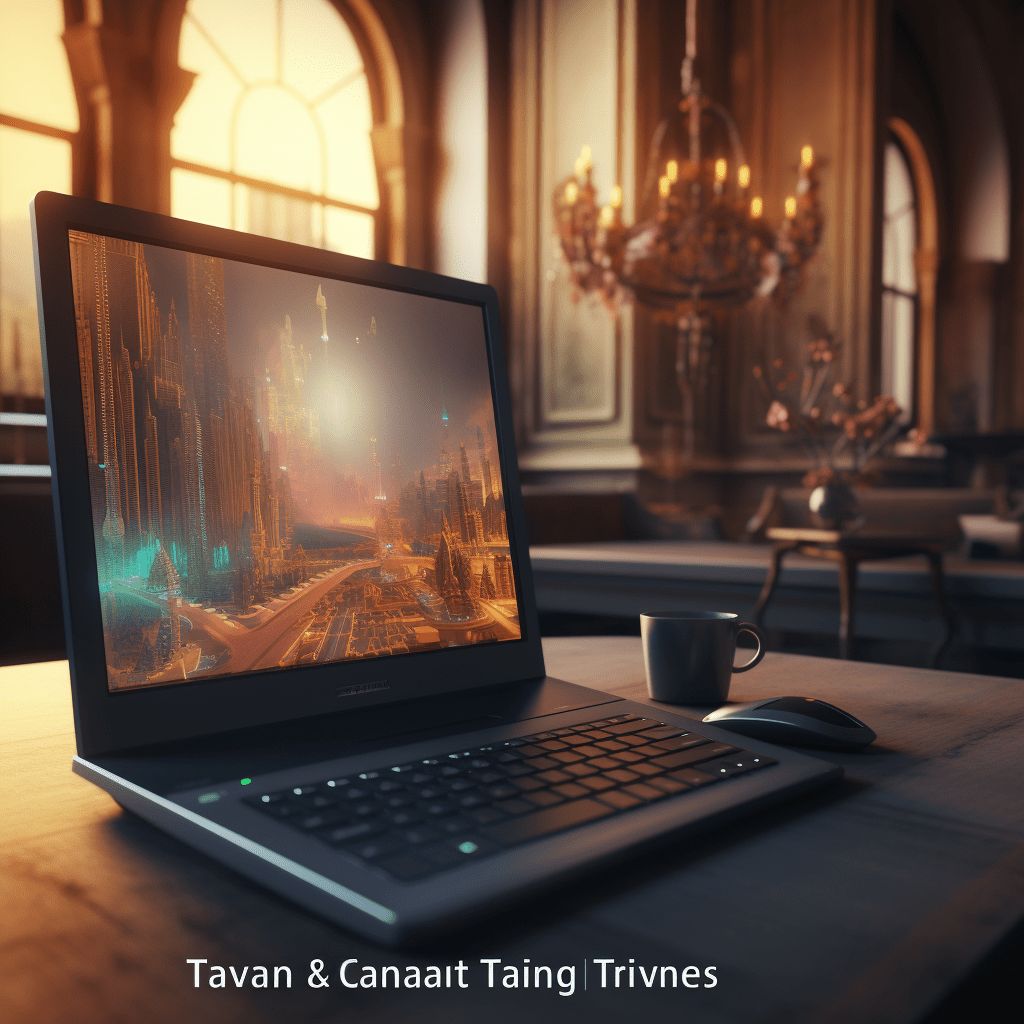Introduction
Gaming software has become an integral component of the gaming industry, encompassing a wide range of programs and applications that enhance and facilitate the gaming experience. From game engines powering graphics and physics to user interfaces and multiplayer functionality, gaming software is continually evolving in response to technological advancements and shifting consumer preferences. Remaining informed about these trends is vital for both game developers and players, as they can significantly influence the gaming experience and shape the industry’s future.
Evolution of Gaming Software
Early gaming software was characterized by its simplicity and limited graphics and gameplay features. Titles like Pong and Space Invaders laid the groundwork, but it was the introduction of 3D graphics that marked a true turning point. With 3D graphics, games became more immersive and realistic, allowing players to explore virtual worlds in entirely new ways.
The advent of virtual reality (VR) gaming took immersion to another level. VR headsets and controllers enabled players to fully immerse themselves in virtual environments, fostering an unprecedented sense of presence and interactivity. This technology unlocked new possibilities for gaming software, enabling more realistic and immersive gameplay experiences.

Current Gaming Software Trends
- Mobile Gaming Dominance: Mobile gaming has experienced a remarkable surge in popularity. The accessibility and convenience of smartphones have expanded gaming’s reach to a broader audience. Platforms like the Apple App Store and Google Play Store host a diverse array of games, from casual puzzles to intricate multiplayer experiences. Smartphones have spurred the development of mobile-friendly interfaces and optimized gameplay mechanics.
- Cloud Gaming Revolution: Cloud gaming is gaining traction in the industry. This approach allows players to stream games directly to their devices, eliminating the need for high-end hardware and physical copies. The concept involves running games on powerful servers and delivering real-time gameplay through streaming. While offering flexibility and accessibility, cloud gaming also presents challenges like latency and internet connectivity.
- Cross-Platform Connectivity: Cross-platform gaming is on the rise, enabling players to engage seamlessly across different devices and platforms. This trend empowers players to continue their gaming journey on various devices without interruption. Games like Fortnite, Minecraft, and Rocket League are prime examples of successful cross-platform integration.
- AI Integration: Artificial intelligence (AI) is making significant strides in gaming software. AI algorithms are incorporated into game development to enhance gameplay experiences. AI-driven non-playable characters (NPCs) offer more dynamic interactions, while procedural generation powered by AI introduces endless possibilities for game worlds. The potential future developments of AI in gaming software include advanced AI opponents and personalized gaming experiences.
- Virtual and Augmented Reality: Virtual reality (VR) and augmented reality (AR) are reshaping the gaming landscape. VR immerses players in entirely virtual environments, while AR overlays virtual elements onto the real world. These technologies have the potential to revolutionize gaming software by delivering more immersive and interactive experiences. However, challenges such as the cost of VR hardware and the need for compelling AR content remain.
- eSports and Competitive Gaming: eSports and competitive gaming have witnessed remarkable growth. The rise of eSports has led to the demand for gaming software that supports competitive gameplay and offers a seamless experience for players and spectators alike. The influence of competitive gaming is evident in the development of dedicated eSports platforms and features.
- Gamification in Various Sectors: Gamification, the integration of game elements into non-gaming industries, is shaping gaming software development. Various sectors, including education, healthcare, and marketing, are embracing gamification. Game developers are incorporating gamification elements to enhance user engagement and motivation, driving innovation in gaming software.
- User-Generated Content (UGC): UGC empowers players to create and share their content within games, such as custom levels, mods, and skins. This practice extends the lifespan of games and fosters a sense of community and creativity among players. Games like Minecraft and LittleBigPlanet thrive on UGC.
- Ethical Considerations: Ethical concerns related to gaming software are gaining prominence. Concerns about the impact of violent or addictive games on players have prompted discussions about potential negative effects. Regulatory efforts and rating systems for gaming software seek to provide guidelines and safeguard players, particularly minors, from potentially harmful content. Developers are increasingly responsible for creating ethical gaming experiences prioritizing player well-being.
Conclusion
In conclusion, the evolution of gaming software is driven by technological advancements and evolving consumer preferences. From the simplicity of early games to the immersive potential of virtual and augmented reality, gaming software has undergone a remarkable transformation. Mobile gaming, cloud gaming, cross-platform connectivity, AI integration, VR and AR, eSports, gamification, user-generated content, and ethical considerations are all shaping the trajectory of gaming software. Staying abreast of these trends is essential for both developers and players, as they have a profound impact on the gaming experience and the industry’s future. The potential for future innovations and creativity within gaming software is boundless.
FAQs
1. What role does virtual reality play in gaming software?
Virtual reality (VR) enhances gaming software by immersing players in fully virtual environments, creating a more immersive and interactive experience.
2. How does cross-platform gaming work?
Cross-platform gaming enables players to seamlessly play games across different devices and platforms, ensuring a consistent experience.
3. What is the significance of AI integration in gaming software?
Artificial intelligence (AI) enhances gameplay experiences by introducing more dynamic interactions with NPCs and enabling procedural generation for expansive game worlds.
4. How do virtual reality and augmented reality differ?
Virtual reality immerses players in entirely virtual environments, while augmented reality overlays virtual elements onto the real world.
5. How does gamification influence gaming software development?
Gamification introduces game elements into non-gaming sectors, enhancing user engagement and motivation within gaming software.
6. What is the purpose of user-generated content (UGC) in gaming software?
User-generated content allows players to create and share custom content, fostering community engagement and extending game longevity.
7. What are some ethical considerations in gaming software development?
Ethical concerns include the impact of violent or addictive games on players, prompting the need for regulation, rating systems, and ethical game design practices.








One response to “Gaming Software Trends”
It is remarkable, very useful message